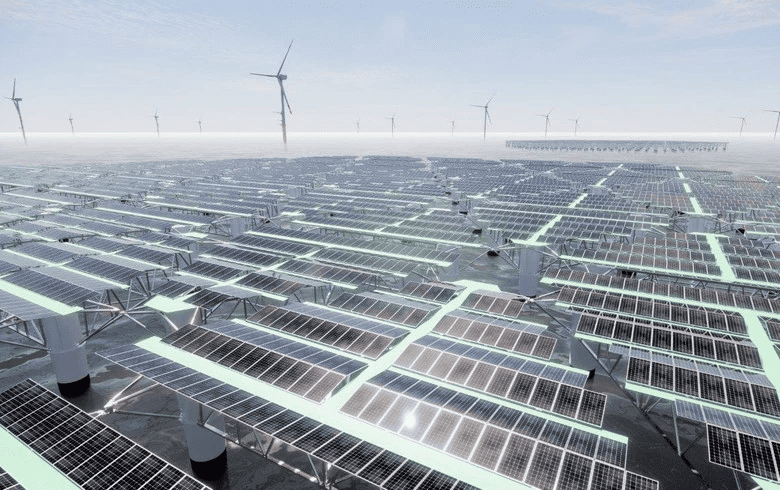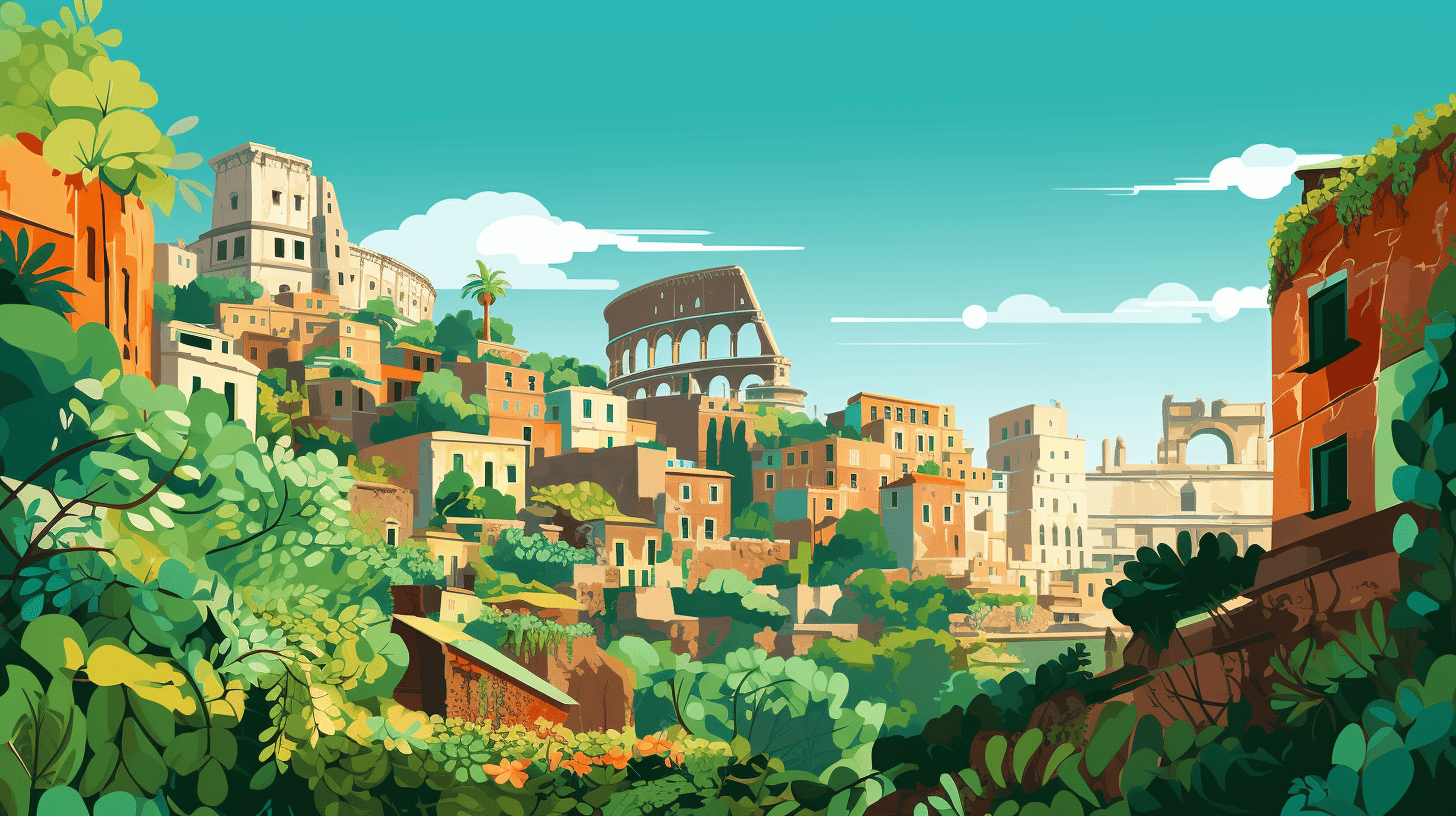
With her song “Paint the Town Red,” Doja Cat made it to the top of the world’s music charts. The truth is cities would rather use a layer of green, with more trees and building-integrated vegetation, to reduce the urban island effect. In the series “Europe Battling the Heat”, we extensively covered the problem, as last summer broke previous heat records. In light of the problem’s urgency, the quest for new solutions remains a priority.
- ENEA researchers investigated the impact of green building infrastructure to mitigate the urban island effect.
- These could bring down the temperature of some areas of Rome and Turin by one Celsius degree.
- While these infrastructures have an effect, comprehensive design can more effectively lower down urban temperatures.
A group of ENEA researchers – ENEA is the Italian National Agency for New Technologies, Energy and Sustainable Economic Development – studied the effects of widespread roofs and walls covered with vegetation, noticing how they can reduce urban temperatures by over one degree Celsius.
Browsing through different Italian cities, the scientists selected Rome and Turin, as they noticed an urban heat island effect with peaks worth over four degrees Celsius. Simply put, the air temperature in those urban areas was four degrees Celsius hotter than in close rural areas. The next step was simulating what would have happened if, on a defined summer day, those areas would be extensively covered with green roofs and green walls. In the best-case scenario, they could sensibly bring down air temperature.
“We worked on different scenarios, noticing the impact such infrastructure could have. Cities are warming faster than rural areas, at double the speed of global warming. Moreover, this phenomenon also fosters inequalities, with the poorest groups suffering the most,” told Innovation Origins ENEA researcher Tiziana Susca. She worked on the study alongside fellow researchers Fabio Zanghirella and Vincenzo Del Fatto.
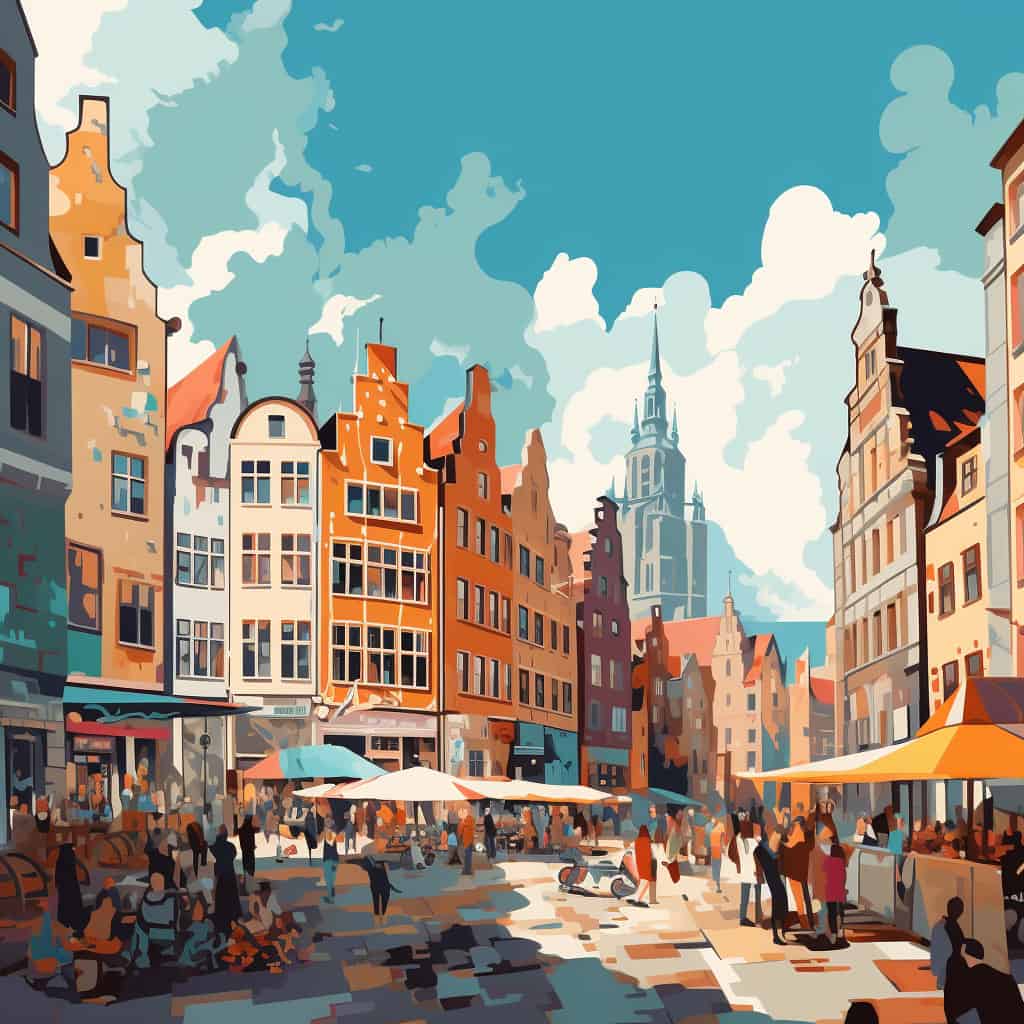
Breaking a vicious cycle
Green roofs and walls proved to have a tangible impact on the neighborhoods, and interesting conclusions could be drawn. “For instance, green roofs on over twenty-meter tall buildings have no urban heat island adaptation effect. However, they still make a difference in reducing the building’s indoor temperature, reducing the need and costs related to air conditioning,” explains Susca.
With AC being the go-to solution for battling heat – but not for low-income populations – curtailing its usage means more than saving energy. “If the urban island effect isn’t properly mitigated, AC use will surge, meaning that more exhaust heat will be emitted in the streets, making things even worse,“ underscores Susca. In a way, green infrastructure can help break this vicious cycle.
Cooling down urban canyons
The ENEA researchers cohort also studied the potential of green walls’. A green wall is a general definition of walls featuring greenery of any sort, including green façades and living walls. The plants of a green façade have their roots in the ground, as creeper plants do. In a living wall, plants grow on a vertical living substrate attached to the wall.
“We noticed that positioning green walls in urban canyons, parallel to the main wind direction, results in a higher cooling effect,” underlines Susca. Crucially, green walls can be instrumental in bringing down the temperatures of urban canyons. These are corridors of long, narrow streets flanked by tall buildings on both sides. Examples of urban canyons are 42nd Street in Manhattan, New York, and Kowloon Street in Hong Kong. These canyons affect the movement and the direction of the wind, impacting the surrounding environment, such as up to four degrees Celsius temperature increase.
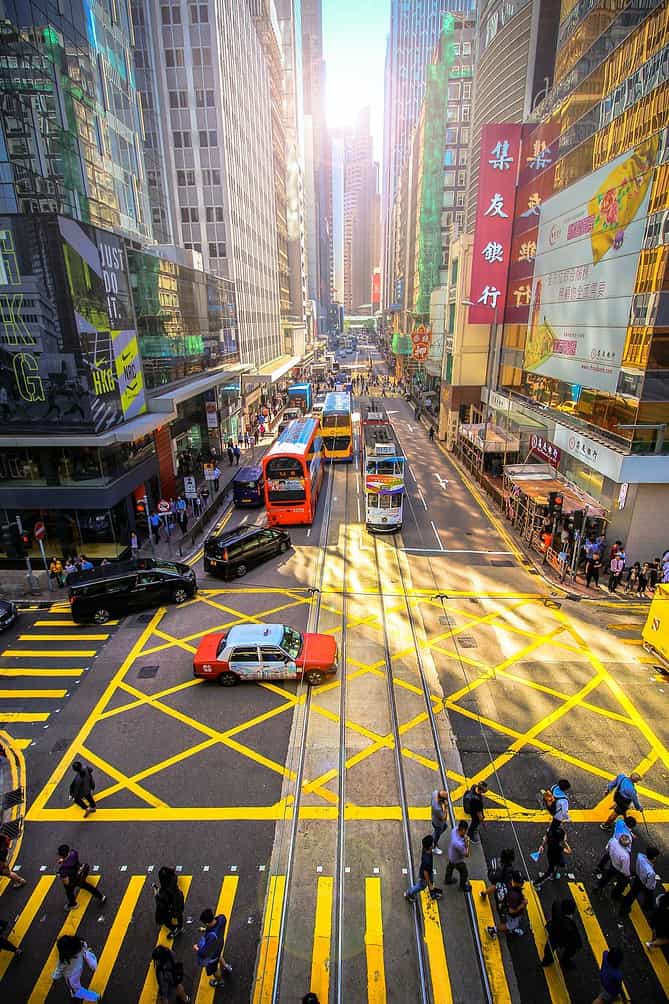
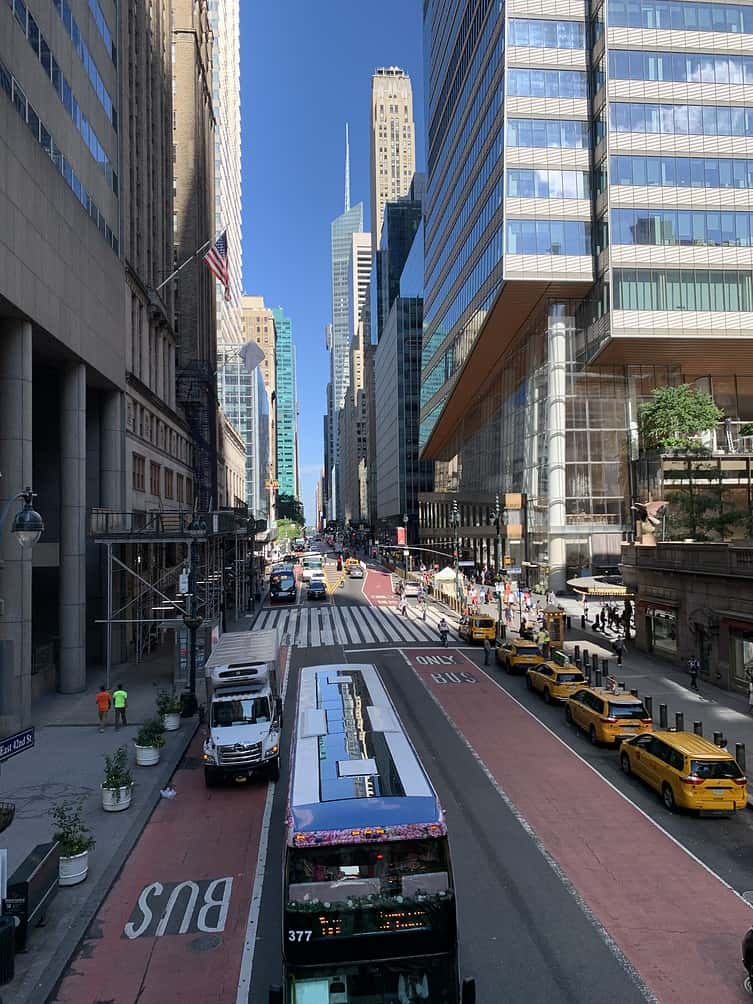
Foresight
One of the research takeaways was that one or a few buildings featuring integrated vegetation don’t make a difference, while a wider and structured city design does. Susca firmly believes that a comprehensive design approach must be enacted, integrating different solutions to mitigate the urban island effect.
Susca: “The first step is providing decision-makers with information. Saying that there is no knowledge about the urban heat island phenomenon doesn’t work anymore. Integrated vegetation technology is one of the many solutions and one that can result in more positive effects. For example, green roofs also improve rainwater management and urban ecosystems. But they aren’t the only solution that needs to be put into place to reshape cities.”
The researcher hints at converting residual urban spaces into green areas, improving urban albedo – the urban surface’s ability to reflect solar irradiation – and finding more room for water on the street level. “Undoubtedly, these actions come with the need for investments. We need a long-term vision, overarching political turnover, and foresight to look at what will happen twenty years from now to try to prevent as much as we can the problems that can arise,” she warns.
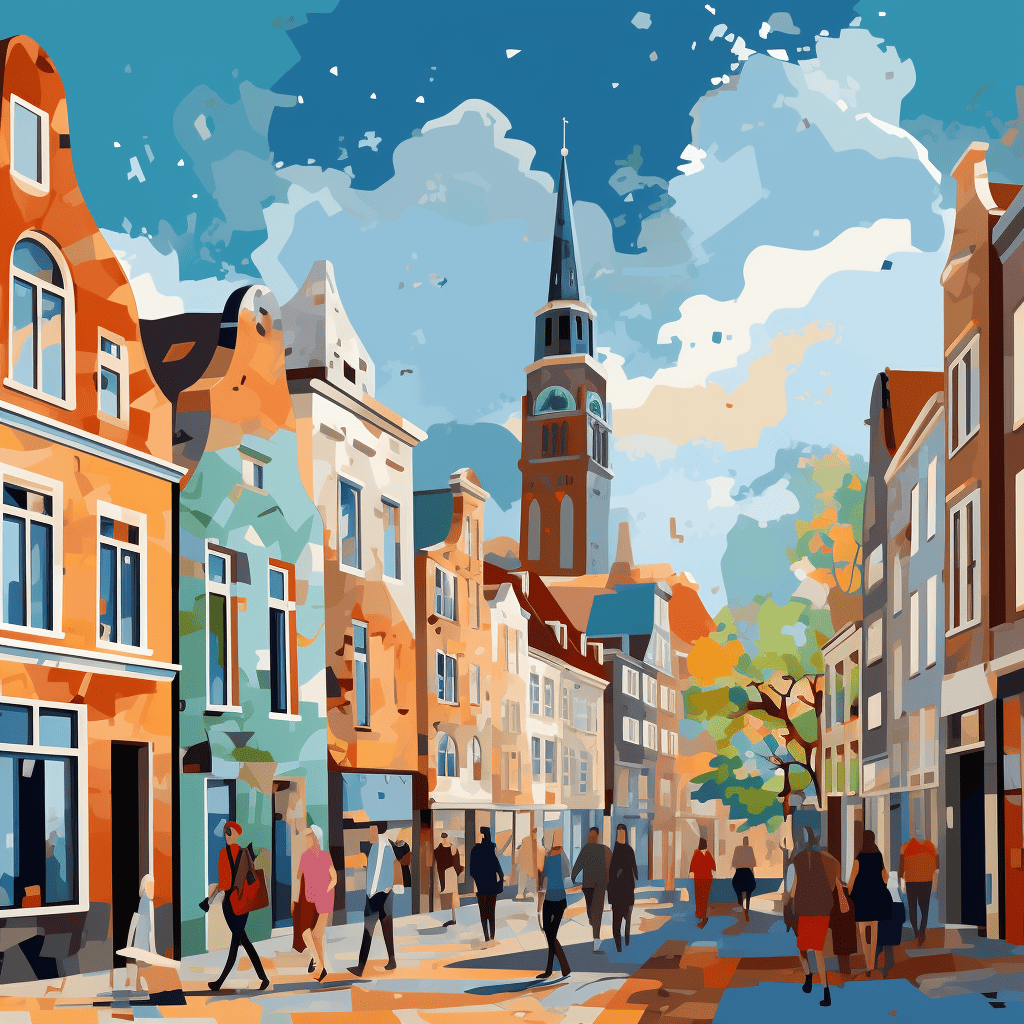
Steps forward
Around the globe, new standards are being put into place to foster the adoption of green infrastructure. An example comes from New York. In 2019, the city council passed a suite of laws to reduce greenhouse gases, also including a requirement for green roofs or solar panels on new buildings.
“As a research group, we’d like to see our work help Italy move towards that direction,” says Susca. Meanwhile, ENEA is willing to help municipalities use its expertise and paint Italian cities green.





